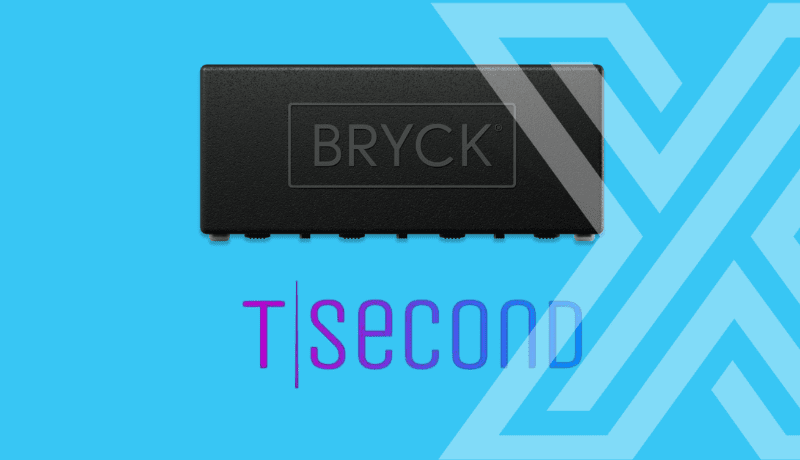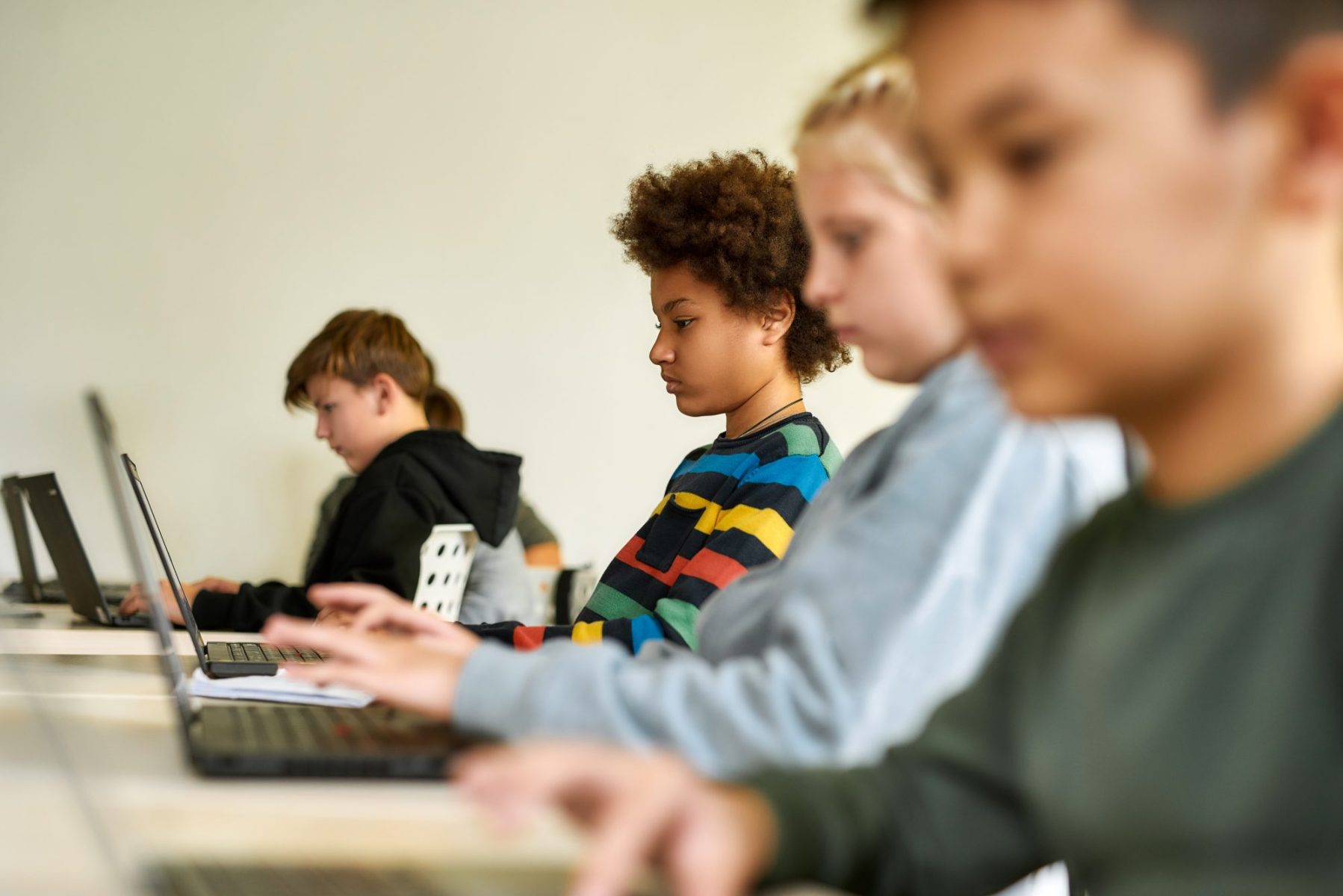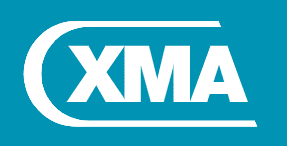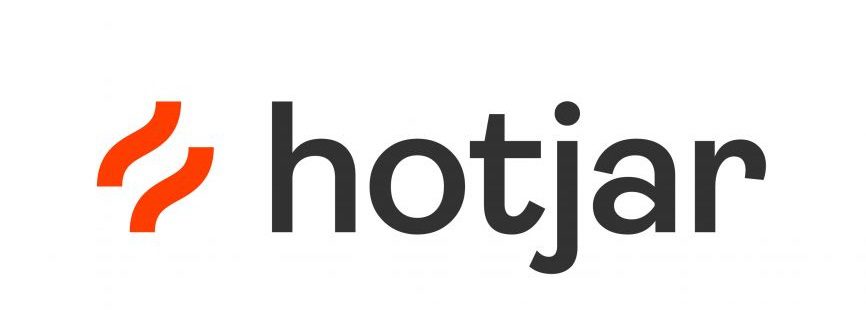Did you know there are over 11 million people with a limiting long-term illness, impairment or disability in the UK? The Office for Disability Issues, state that someone with a disability is half as likely as someone without to hold a degree qualification. It is the duty of universities to ensure that students have access to the right learning tools for successful education.
But can technology be the answer?
There are an array of assistive technologies to aid students with special-needs, in offering them support, independence and confidence in the learning environment. Universities must now outline how they can support special needs students in a Disability Statement, offering all students an equal opportunity to learn and accomplish qualifications. Universities can make some simple changes to existing campus devices and discover an array of accessibility tools that will help aid learning for students with limitations.
E-textbooks
Following a study by the Higher Education Academy in the UK, it was indicated that resources are a common issue affecting the happiness of disabled students. E-textbooks offer the ability to scale text to your needs or to make use of text-to-speech software. It also allows you to hold an unlimited number of textbooks all on one device – so no more struggling to juggle lots of heavy books that also cost a fortune to buy!
Online resources
Similar to E-books, students can now access all types of digital learning materials online, including whitepapers, journals, blogs and more. Content sharing has become increasingly popular with the development of the cloud, using solutions such as Google Drive and Microsoft SharePoint. Students and teachers can share notes, presentations and other documents in one central place for anyone to access (anywhere and at any time), offering a totally accessible world of knowledge to all students.
Keyboards
University IT departments can now arrange to have their devices and desktops set up with Keyboard shortcuts for easy access to apps. This saves time and offers ease to students with disabilities.
A standard keyboard has over 100 keys, which can appear confusing and intimidating to some students. Universities can purchase special built keyboards for assistive learning, with features that include larger keys with audible click, bigger gaps between keys or coloured keys to distinguish between vowels, consonants and numbers.
Touchscreens
Some students with learning difficulties may find it hard to relate the movement of their hand on the mouse to the movement of the cursor on the screen. Therefore, it is advisable that educational institutions keep stock of touchscreen devices for students who may struggle using the standard mouse. Other mouse alternatives are also available if touchscreens are not an option.
Accessibility features
Different features are available for different types of disabilities. For example, those with a vision impairment can benefit from increasing the colour contrast of text and images or braille narration. Alternatively, those with a hearing loss can take advantage of visual alternatives to sounds such as Skype translator, visual notifications and for longer or mono audio for those with partial deafness. Setting up in-house devices with these features or offering training to students to set features up on their personal devices will hugely benefit in aiding their learning.












 Monitoring by Hotjar
Monitoring by Hotjar